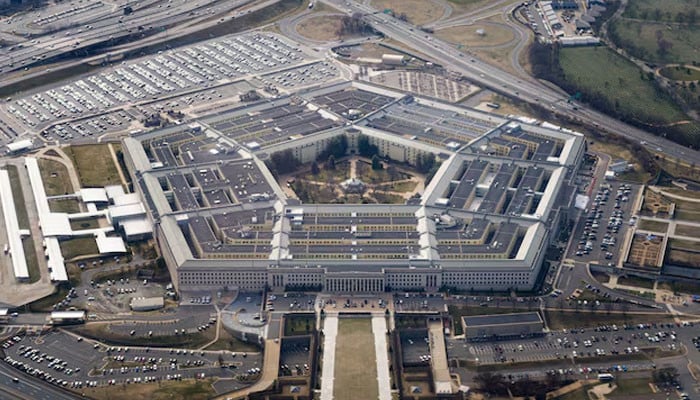- CM hails signing of Pak-Saudi MoU Dawn
- Saudi Arabia, Pakistan sign youth technology pacts Dawn
- Punjab unveils tax-free Saudi industrial estate to attract Gulf investment The Express Tribune
- PM Shehbaz, COAS to visit Saudi Arabia from 26th The…
Category: 1. Pakistan
-
CM hails signing of Pak-Saudi MoU – Dawn
-
KP governor returns CM Gandapur’s resignations over ‘disparate’ signatures – Dawn
- KP governor returns CM Gandapur’s resignations over ‘disparate’ signatures Dawn
- PTI’s Sohail Afridi, three others enter K-P CM race The Express Tribune
- Over 80 PTI MPAs being kept at CM’s House The News International
- PTI seeks JUI support…
Continue Reading
-
Wheat under strain — again – Dawn
- Wheat under strain — again Dawn
- Ban on flour supply : Dealers threaten to stop trucks transporting minerals to Punjab The News International
- Prices of several kitchen items show upward trend Business Recorder
- Political incompetence fuels…
Continue Reading
-
Nationwide polio campaign kicks off today – Dawn
- Nationwide polio campaign kicks off today Dawn
- Anti-polio campaign targeting over 10.6m children in Sindh begins Dawn
- 7,613 cops to oversee polio vaccination drive The Express Tribune
- Polio drive launched in Abbottabad Business Recorder
Continue Reading
-
Opposition alliance TTAP urges talks with Kabul, joint parliamentary session – Dawn
- Opposition alliance TTAP urges talks with Kabul, joint parliamentary session Dawn
- Opposition alliance urges dialogue amid Pakistan-Afghanistan skirmishes Geo.tv
- Speaker Balochistan Assembly Condemns Afghan Aggression, Urges Peace and Dialogue
Continue Reading
-
Aurangzeb reaches US for crucial IMF, WB talks – Dawn
- Aurangzeb reaches US for crucial IMF, WB talks Dawn
- Finance Minister Aurangzeb arrives in Washington to attend IMF, World Bank plenary meetings Dawn
- Pakistan seeks global support at IMF, World bank meetings Mettis Global
- Pakistan wins IMF praise…
Continue Reading
-
GDP growth revisions: numbers in flux, substance in doubt – Business Recorder
- GDP growth revisions: numbers in flux, substance in doubt Business Recorder
- GDP growth rises to 3.04pc in FY25 Dawn
- Pakistan economy grows 3.04 percent in last fiscal year as industry, services outperform forecasts Arab News
- Govt springs 5.7%…
Continue Reading
-
GDP growth revisions: numbers in flux, substance in doubt – Business Recorder
- GDP growth revisions: numbers in flux, substance in doubt Business Recorder
- GDP growth rises to 3.04pc in FY25 Dawn
- Pakistan economy grows 3.04 percent in last fiscal year as industry, services outperform forecasts Arab News
- Govt springs 5.7%…
Continue Reading
-
Afghanistan and Pakistan claim to kill dozens of soldiers in border clash – The Washington Post
- Afghanistan and Pakistan claim to kill dozens of soldiers in border clash The Washington Post
- Pakistani, Afghan forces exchange deadly border fire: What’s next? Al Jazeera
- China very concerned about border clashes between Pakistan and…
Continue Reading
